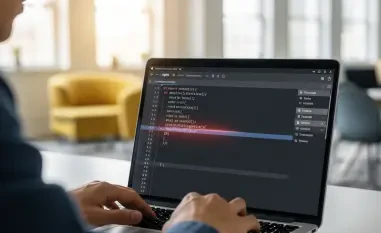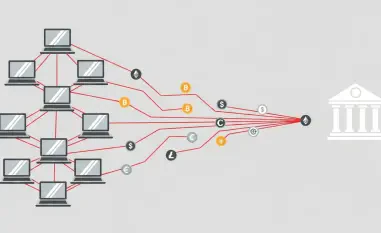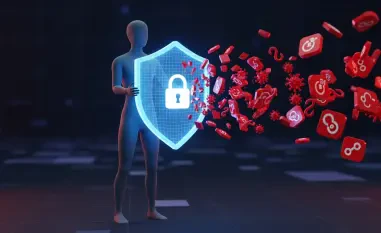In today’s rapidly evolving digital landscape, the significance of robust cybersecurity measures cannot be overstated. Malik Haidar, a renowned expert in cybersecurity with a profound understanding of combating online threats in multinational settings, offers his insights into a recent development affecting PaperCut NG/MF software. The vulnerability CVE-2023-2533 has caught the attention of cybersecurity agencies worldwide, and Malik is here to shed light on its implications and necessary actions.
Can you explain what the PaperCut NG/MF software is and what its primary functions are?
PaperCut NG/MF is a print management software widely used across different sectors, including educational institutions, businesses, and government entities. Its primary role is to manage print jobs and regulate access to network printers, helping organizations control printing costs and optimize their printer use. The software often operates via an admin console on internal web servers, which, while convenient, also needs to be securely managed to prevent unauthorized access.
What is the nature of the vulnerability identified as CVE-2023-2533 in the PaperCut NG/MF software?
The CVE-2023-2533 vulnerability is a cross-site request forgery, or CSRF. In essence, this type of flaw can be exploited if an attacker tricks a user already logged into the system into executing unintended actions. For instance, by getting an admin to click a malicious link, attackers might alter security settings or execute arbitrary code without the user’s awareness. This possibility presents significant risks as it could lead to further system breaches or data compromise.
Why is the CVE-2023-2533 vulnerability classified with a high severity score of 8.4?
The severity score of 8.4 reflects the potential impact and ease of exploitation if this vulnerability is left unaddressed. Given that a successful CSRF attack could lead to remote code execution or changes in security settings, the risks extend beyond the immediate scope of the software, potentially opening doors to broader network infiltrations. Its inclusion in the CISA’s KEV catalog underlines its critical nature.
How can attackers potentially exploit this vulnerability in real-world scenarios?
Typically, exploitation could involve social engineering techniques such as phishing, where an attacker sends a crafted email to the victim, leading them to a malicious site. These manipulative strategies deceive admins into initiating the unauthorized requests. Successful exploitation requires user interaction, meaning the victim must perform an action, like clicking a link, for the exploit to succeed, underscoring the importance of user awareness and training.
Which threat actors or groups have been known to target vulnerabilities in PaperCut NG/MF?
There have been known incidents where Iranian nation-state actors and e-crime groups such as Bl00dy, Cl0p, and LockBit ransomware have exploited this vulnerability. These actors are often motivated by goals ranging from espionage and political disruption to financial gain through data theft and ransom payments.
What mitigation strategies are recommended to address this vulnerability?
Addressing this issue goes beyond applying patches. Security measures such as implementing strong CSRF token validation, reviewing and limiting session timeouts, and restricting admin console access to specific known IP addresses are crucial. These steps hinder an attacker’s ability to exploit the vulnerability and strengthen the overall security posture of the organization’s systems.
What steps are Federal Civilian Executive Branch (FCEB) agencies required to take according to Binding Operational Directive (BOD) 22-01?
FCEB agencies must upgrade their PaperCut NG/MF instances to a patched version by August 18, 2025, as mandated by BOD 22-01. This deadline emphasizes the critical nature of the vulnerability and the need for government bodies to safeguard against potential breaches, ensuring compliance with federal cybersecurity standards.
How should organizations use the MITRE ATT&CK framework to better align their detection and prevention strategies concerning this vulnerability?
The MITRE ATT&CK framework offers a comprehensive approach to understanding the tactics and techniques that adversaries might employ. By aligning detection rules with techniques such as T1190 (Exploit Public-Facing Application) and T1071 (Application Layer Protocol), organizations can develop robust defense mechanisms and enhance their ability to detect suspicious activities promptly.
How can tracking PaperCut incidents contribute to shaping long-term security strategies, especially against ransomware?
Monitoring incidents involving PaperCut can reveal patterns and vectors commonly exploited by ransomware groups. By analyzing these trends, organizations can fortify their strategies against initial access attempts and improve their resilience against ransomware attacks, forming a more proactive approach to cybersecurity.
Why is it important for organizations to stay updated with cybersecurity news and advisories from agencies like CISA?
Staying informed through agencies like CISA allows organizations to quickly adapt to emerging threats and vulnerabilities. Regular updates and advisories ensure that they remain ahead of potential threats, implementing timely measures to protect against known issues and preparing for new challenges.













